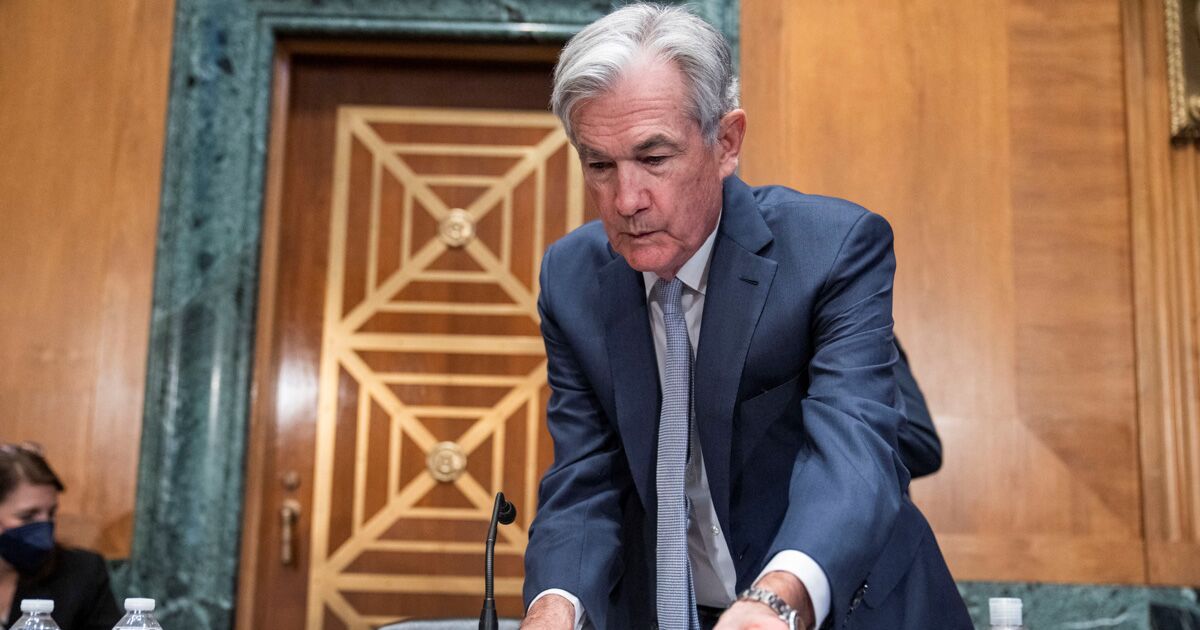America at risk from inflation
Inflation on the Fed’s preferred gauge is triple the central bank’s 2% target, fueled by supply chain complications that have taken longer to fix than most expected and could worsen as China responds to new COVID-19 surges with new lockdowns.
Adding to the pressure on prices, Russia’s war in Ukraine is driving up the cost of oil, threatening to drive up inflation even further. The United States, now the world’s largest oil producer, is better able to withstand an oil shock now than it was in the 1970s, Powell noted.
Although the Fed in normal times probably wouldn’t tighten monetary policy to deal with what could ultimately be a temporary rise in commodity prices, Powell said, “it increases the risk that a prolonged period of high inflation could make long-term expectations are uncomfortably higher.
Last year, the Fed repeatedly forecast that supply chain pressures would ease and was repeatedly disappointed.
“As we set monetary policy, we will look for real progress on these issues and will not assume significant supply-side easing anytime soon,” Powell said Monday. The agency’s authorities began the year with the expectation that inflation would peak this quarter and cool down in the second half.
“That story has already collapsed,” Powell said. “To the extent that it continues to unravel, my colleagues and I may well conclude that we will have to act faster, and if so, we will.”
Fed policymakers hope to control inflation without hampering growth or sending unemployment back up, and their forecasts released last week suggest they see a way to do that, with the median inflation outlook falling to 2.3% by 2024, although with unemployment still at 3.6%.
Powell said Monday that he expects inflation to fall “close to 2%” over the next three years, and while a “soft landing” may not be easy, there is plenty of historical precedent. “The economy is very strong and well positioned to handle tighter monetary policy,” he said.














